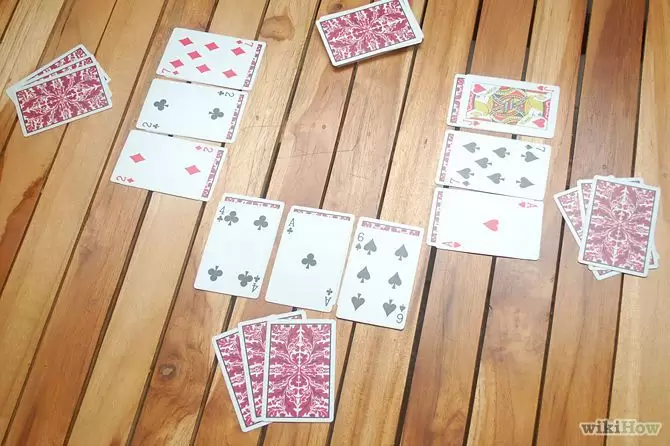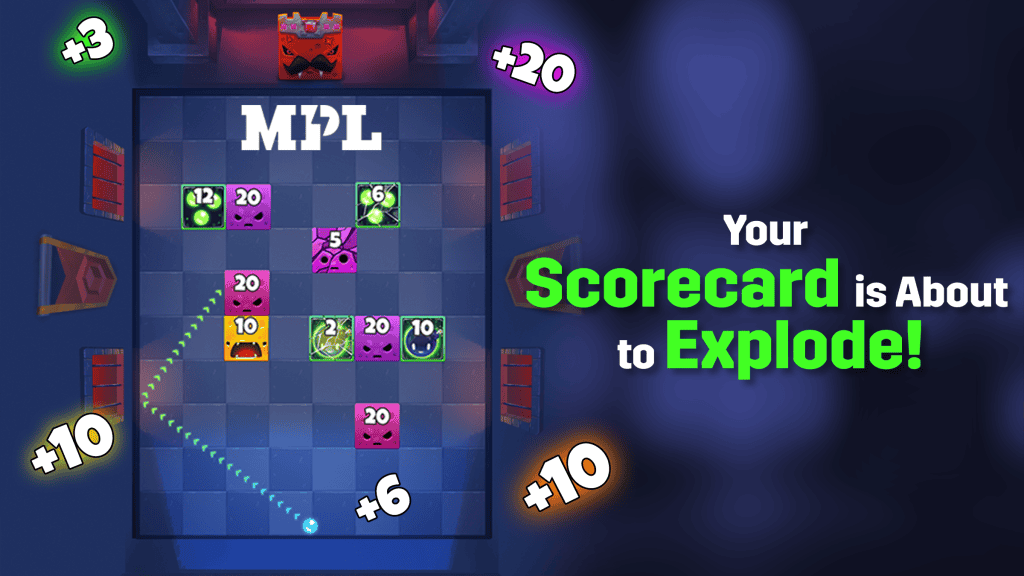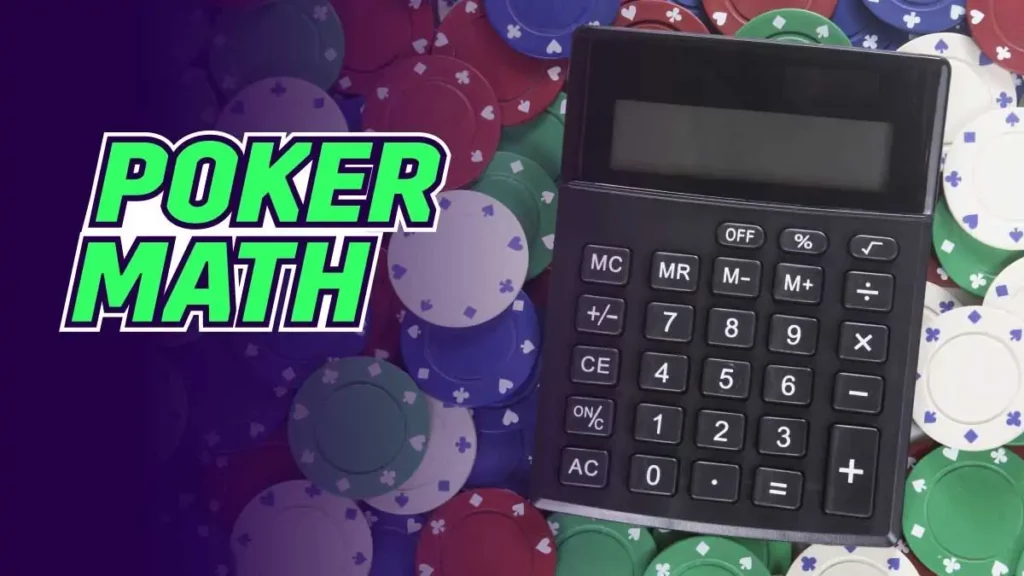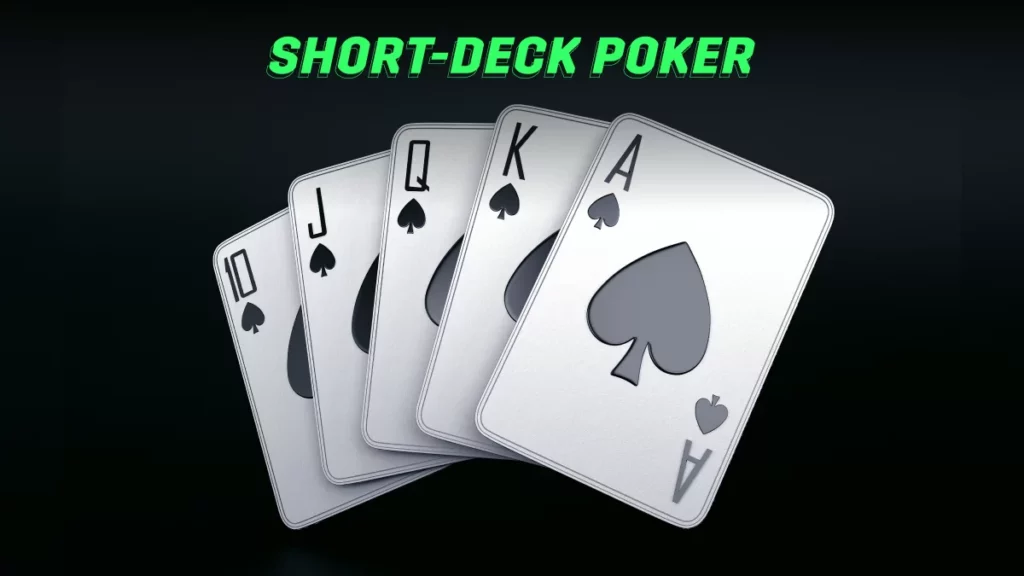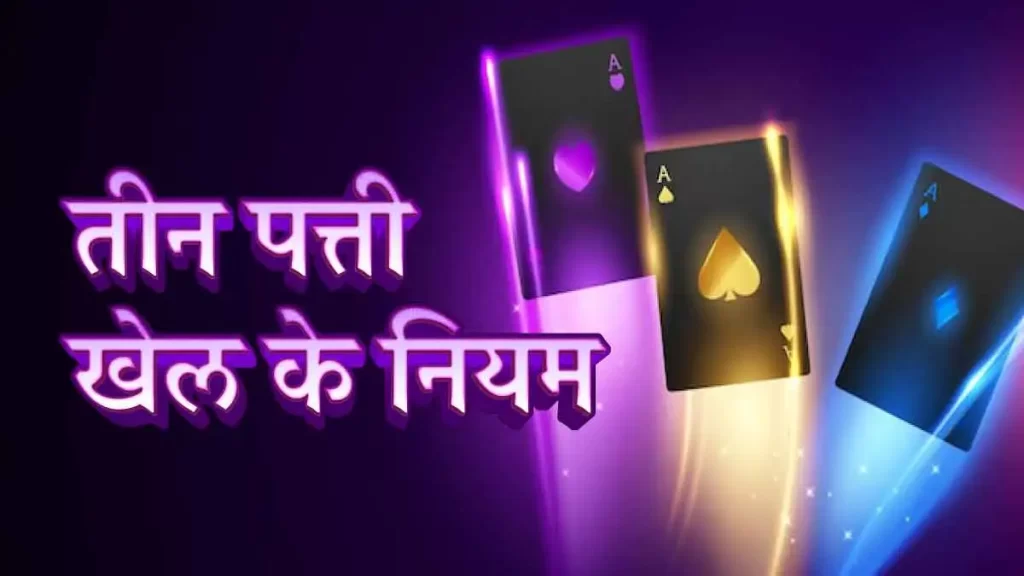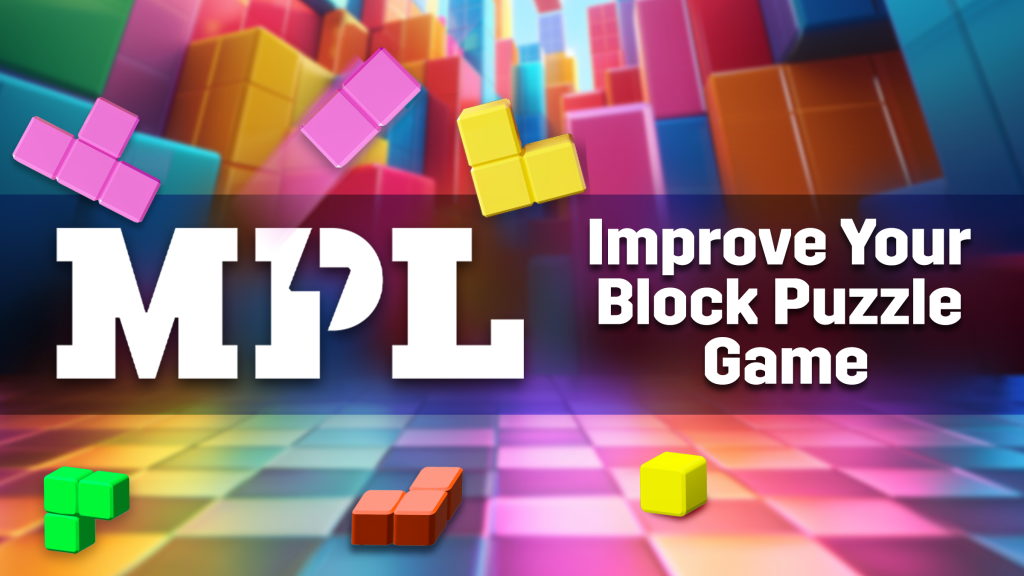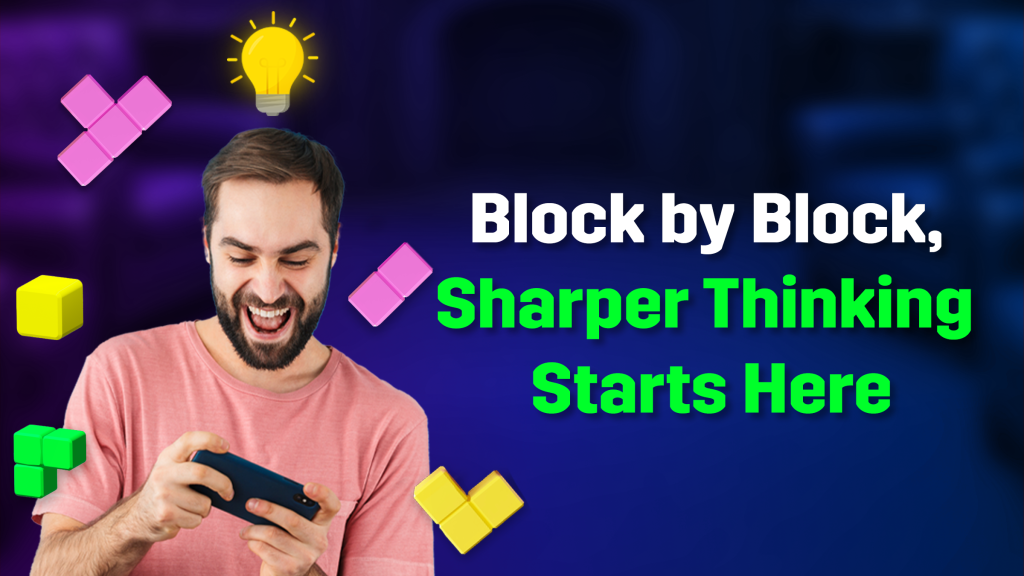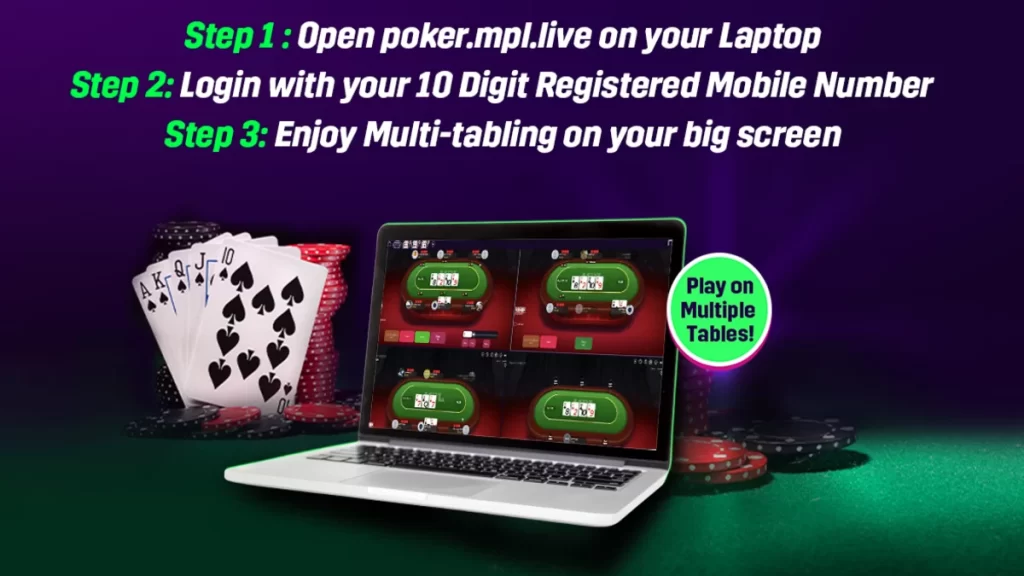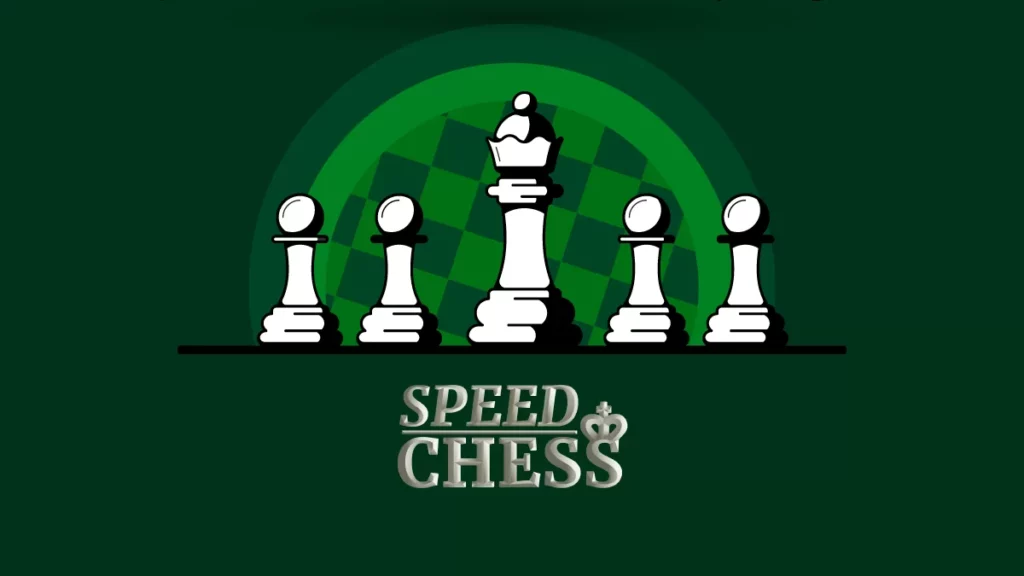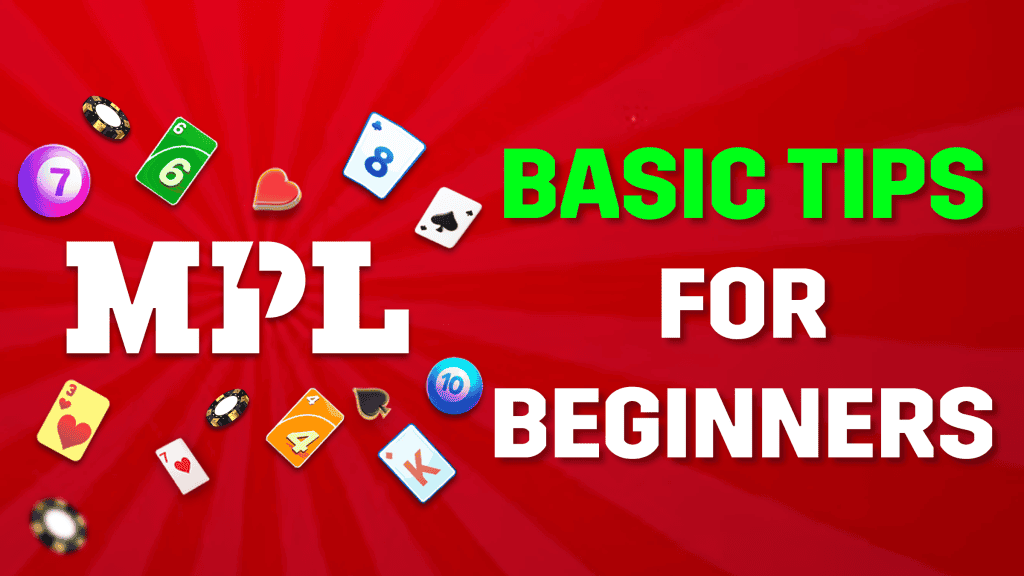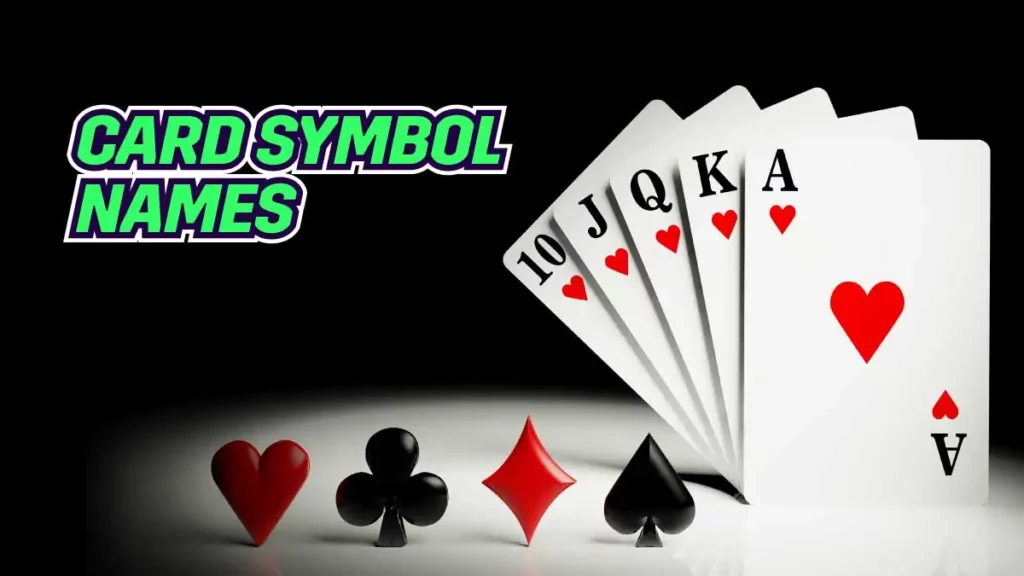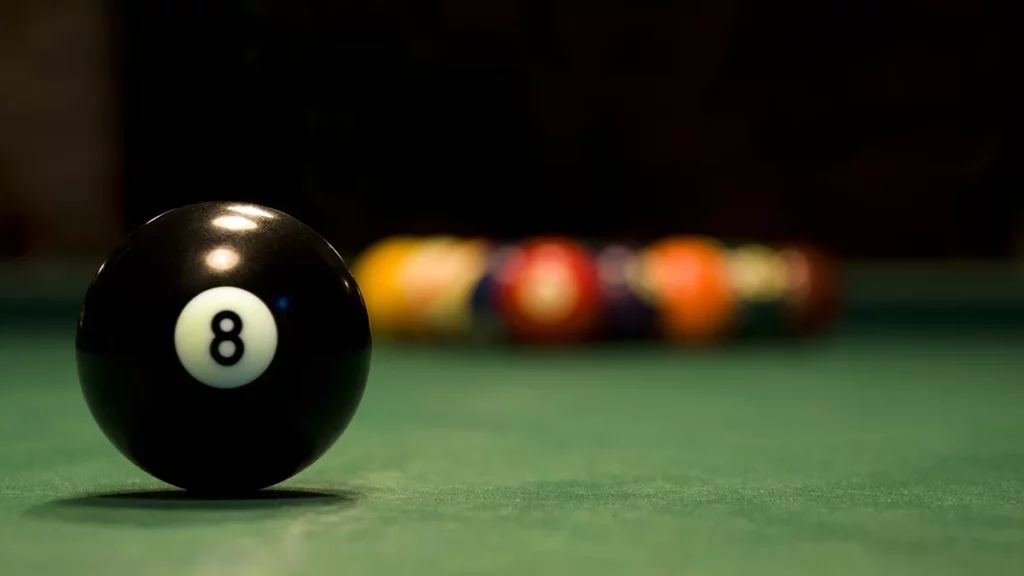Page Contents
Toggle
- Palace is a fast-paced discarding-type card game for 2–5 players.
- Play cards in ascending order and use special cards (2, 3, 7, 10) to disrupt your opponents.
- Objective: Be the first to play all your cards: hand, face-up, and face-down.
Learn rules, card rankings, the scoring system, and popular variations in this guide.Note: Palace is not currently available on the MPL app, but you can enjoy similar fast-paced card games like Rummy, Spades, and Poker on the MPL App.
Palace is a fast-paced card game that is loved by both casual and competitive players. The game is also known by names such as Shed, China Hand, and Ten-Two Slide, and is played by 2 to 5 players.
If you are looking to challenge your strategy with every move, Palace is the go-to card game. In this guide, we’ll walk you through the rules, card values, special cards, and variations of this game, so you can start playing confidently.
What is the Palace Card Game?
The Palace card game is played with a standard 52-card deck and is known for its fast pace and unique twist on traditional card ranking. The goal is to be the first player to eliminate all your cards by playing strategically.
Card Rankings (Highest to Lowest)
- 2, Ace, King, Queen, Jack, 10, 9, 8, 7, 6, 5, 4, 3
- The 2 card is special; it can be played at any time and resets the discard pile.
- Aces are high, 3s are the lowest.
Setting Up the Game
- To decide the seating order and the first dealer, each player draws a card from the deck.
- The player with the highest card chooses their seat first and becomes the dealer.
- The rest choose their seats in descending order of the cards they drew.
Special Card Mechanics
- 2 – Wild card; resets the discard pile and gives the next player a free play.
- 3 – The player on the left has to play a card that is equal to or greater than the card below 3.
- 5 – Changes the direction of play (in some variants).
- 7 – Reverses the entire discard pile. This creates a new discard pile. The player on the left has to play a card lower than the card below 7. It reverts to normal subsequently.
- 10 – Destroy the entire discard pile; the player who played it starts a new pile.
- Four of a kind – If four cards of the same rank are played (in one or consecutive turns), the pile is cleared just like a 10.
Special Card Effects in Palace
| Card | Effect | When to Use |
| 2 | Resets the discard pile. The next player can play any card. | Play anytime to escape tricky situations. |
| 3 | Acts as an invisible card. The next player must play a card equal to or higher than the card beneath the 3. | Adds surprise and forces the next player into a tricky move. |
| 5 | Reverses the direction of play. | Use to change momentum or disrupt opponents. |
| 7 | Reverses the discard logic. The next player must play a card lower than the card below 7. Then gameplay returns to normal. | Adds a reverse twist—ideal for setting traps. |
| 10 | Burns the entire discard pile. You start the next round. | Clear high stacks and regain control. |
| Four of a Kind | Playing four cards of the same value clears the discard pile. | Use for a strategic burn move. |
How to Play Palace Card Game – Step-by-Step
Initial Deal
- Each player gets 3 face-down cards, 3 face-up cards, and a hand of 3 cards.
- Players select and place 3 cards face-up on top of their face-down cards.
- The remaining hand (3 cards) is used to start the game.
Starting the Game
- The player with the lowest card starts first.
- The gameplay proceeds clockwise.
Palace Card Game Rules
- On your turn, place a card that is equal to or higher than the top card on the discard pile.
- If you have multiple cards of the same value, you can play them together.
- If you can’t play a valid card, you must pick up the entire discard pile.
- Always keep at least 3 cards in hand by drawing from the draw pile after each turn (until the draw pile is empty).
- Once your hand is empty, play from your face-up cards.
- After those are played, play your face-down cards, without looking at them.
- If the revealed face-down card can’t be played, you must pick up the discard pile.
Winning the Game
- The first player to play all their cards (hand, face-up, and face-down) wins.
- Players can continue playing to decide second, third, or more winners, or reset for a new round.
- Players can play the special cards irrespective of the previous card played, except for 7, given that it is equal to or greater than the previous card.
- A player cannot finish the game on a special card. If the last face-down card is a special card, the player must pick up the draw pile. The game goes on thereafter.
Scoring In Palace
Palace doesn’t typically have a fixed scoring system. A lower score wins across multiple rounds. You can also set a target score or play until a fixed number of rounds is reached. Here’s a standard scoring format for playing multiple rounds:
| Finish Position | Points |
| 1st (Winner) | 0 Points |
| 2nd | 1 Points |
| Others | 2 Points |
| Last Place | 3 Points |
Palace Card Game Variations
Multi-Deck:
This game uses a double deck (two standard 52-card decks, shuffled). You can include up to 9 players. If not, you can continue the game for a more extended period. All of the rules in this version are the same, except that you can play eight cards of the same rank or type on a player’s turn. When four or more cards are of the same rank, the current player gets the chance to burn the deck, that is, eliminate the play pile and make the first move to start a new pile.
Six Card Hand:
In some versions, the initial deal somewhat differs. Deal at least three cards similar to the standard game, with three face-down cards that cannot be seen immediately. After that, the dealer distributes six more cards face down to form a hand.
The player then selects three face-up cards and three face-down cards. The remaining three then become the current hand. After the deal, the play continues as in the original Palace card game.
No Finishing on a Special Card:
Here, a strict mandate is that a player cannot end the game with a ten or two. Thus, if they have only a ten or a two, he has to take up the current pile in his hand. Also, the last card cannot be an Ace.
Larger Hands (2-4 Players):
The hands containing more cards are dealt with games related to two or four players. In this version, each player gets four face-down cards and four face-up cards, and four card hands. When the turn ends, the same player has a newly drawn card from the deck to restock.
Skitgubbe:
Skitgubbe is the Swedish version of the Palace card game. This game is played identically to Palace, with minor regional rule differences.
FAQs
How many cards does each player get?
The dealer deals six cards to each player face down. Players can look at these cards. Players select three cards from their hand and place them face-up on the three face-down cards in front of them. Typically, place the higher value cards face up.
What are the highest and lowest cards in the Palace card game?
In the Palace game, Aces are the highest, and 3s are the lowest cards.
What is the strongest card in Palace?
The 2 card is the strongest card in the game as it resets the pile. In regular cards, Ace is the highest.
What is the significance of a 2-card in Palace?
This card resets the entire discard pile, and the player to the left can play any card that they can choose. The play continues thereafter.
Can you play special cards at any time?
Yes, you can play most special cards (2, 3, 10) at any time. However, the 7 cards must follow order rules.

